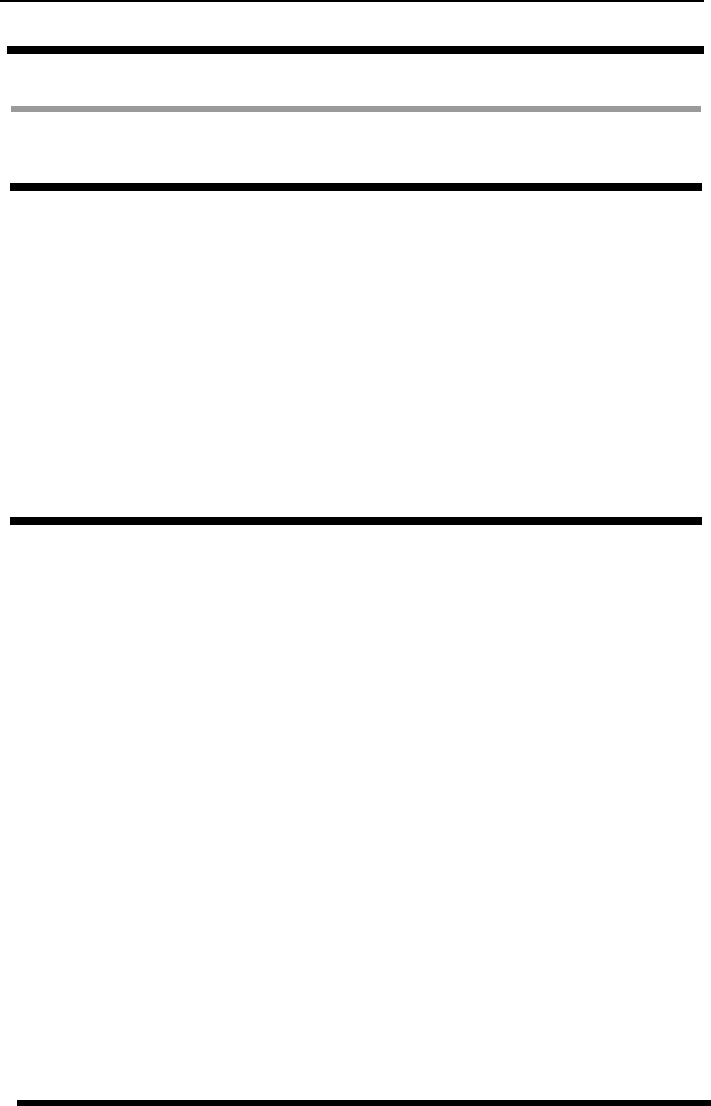
SATO CX Series Printer
1
CX SERIES PROGRAMMING GUIDE
CX SERIES PROGRAMMING GUIDECX SERIES PROGRAMMING GUIDE
CX SERIES PROGRAMMING GUIDE
INTRODUCTION
This section presents the commands that are used with the SATO CX printers
to produce labels with logos, bar codes and alphanumeric data.
The following information is presented in this section:
❒ The SATO Programming Language
❒ Selecting Protocol Control Codes
❒ Using Basic
❒ The Print Area
❒ Printer Configuration
❒ Command Codes
THE SATO PROGRAMMING LANGUAGE
THE SATO PROGRAMMING LANGUAGETHE SATO PROGRAMMING LANGUAGE
THE SATO PROGRAMMING LANGUAGE
A programming language for a printer is a familiar concept to most program-
mers. It is a group of commands that are designed to use the internal intelli-
gence of the printer. The commands, which are referred to as SATO
Command Codes, contain non-printable ASCII characters (such as <STX>,
<ETX>, <ESC>) and printable characters. These commands must be assem-
bled into an organized block of code to be sent as one data stream to the
printer, which in turn interprets the command codes and generates the desi-
red label output. The programmer is free to use any programming language
available to send the desired data to the printer.
The command codes used are based upon “Escape” (1B hexadecimal)
sequences. Typically there are four types of command sequences:
<ESC>{Command}
These commands generally tell the printer to perform a specific action, like
“clear the memory.”
<ESC>{Command} {Data}
Commands with this format tell the printer to perform a specific action which
is dependent upon the following data, like “print X labels”, where the value
for X is contained in the data.
<ESC>{Command} {Parameter}
These commands set the operational parameters of the printer, like “set the
print speed to 3.”


















